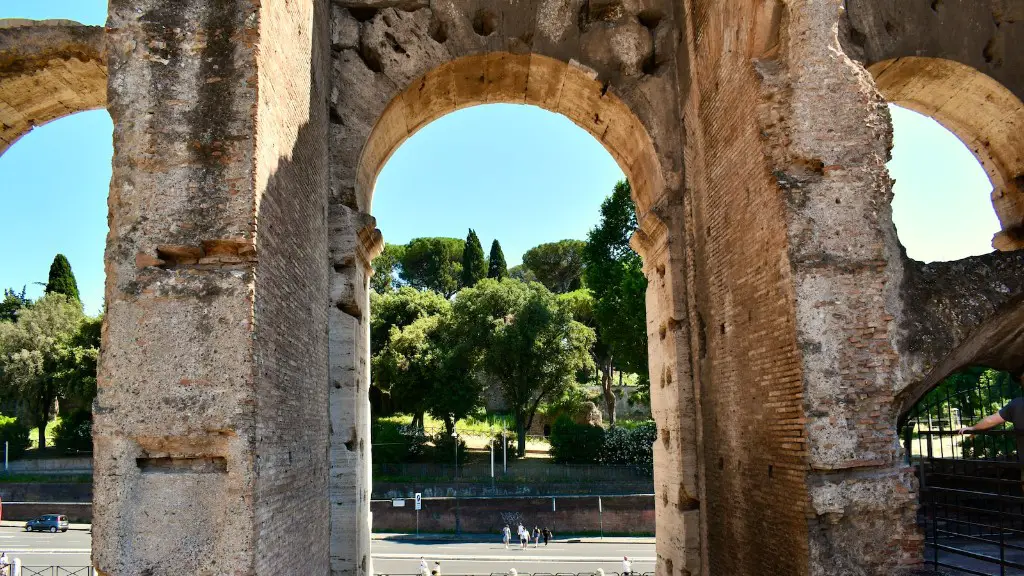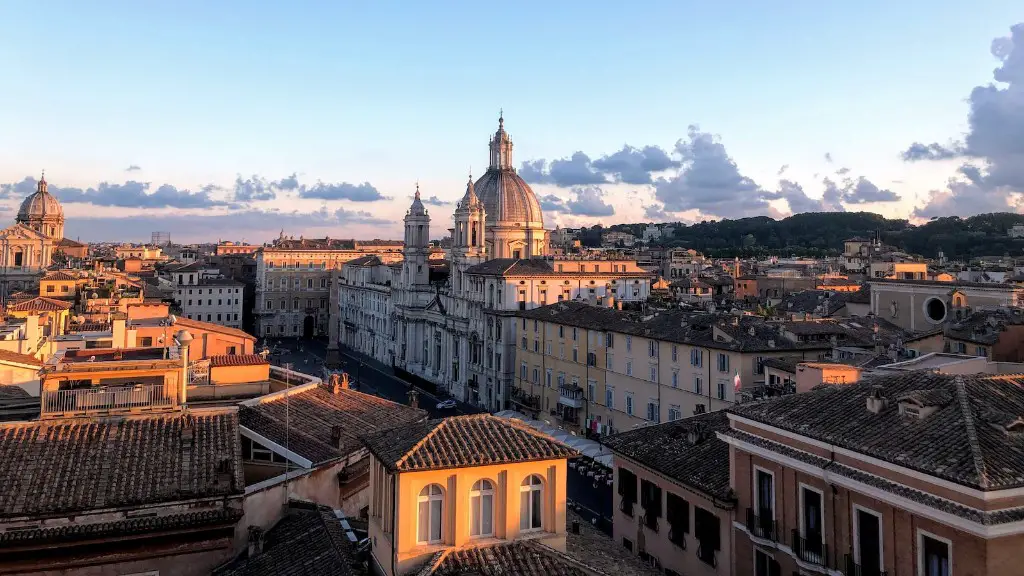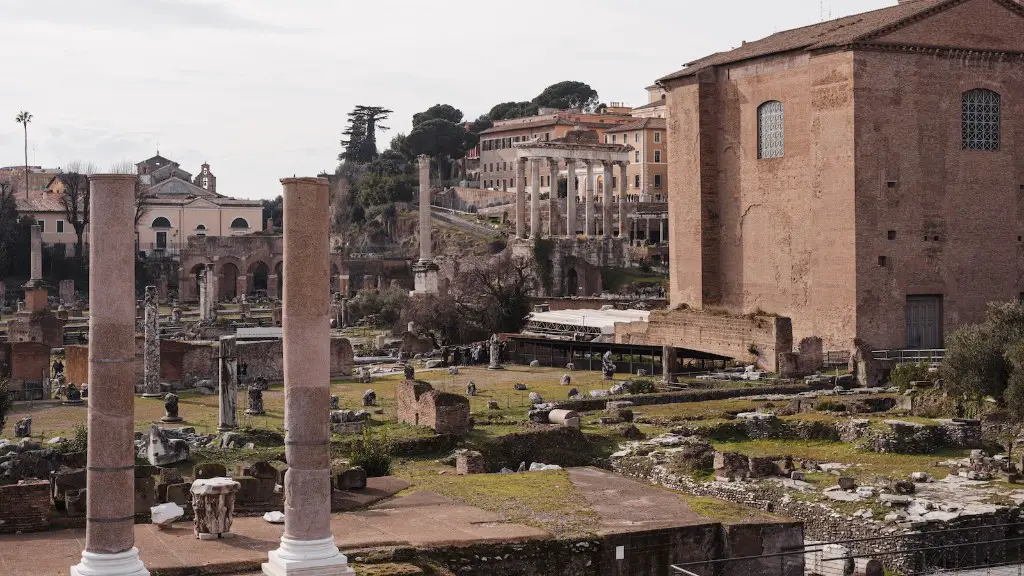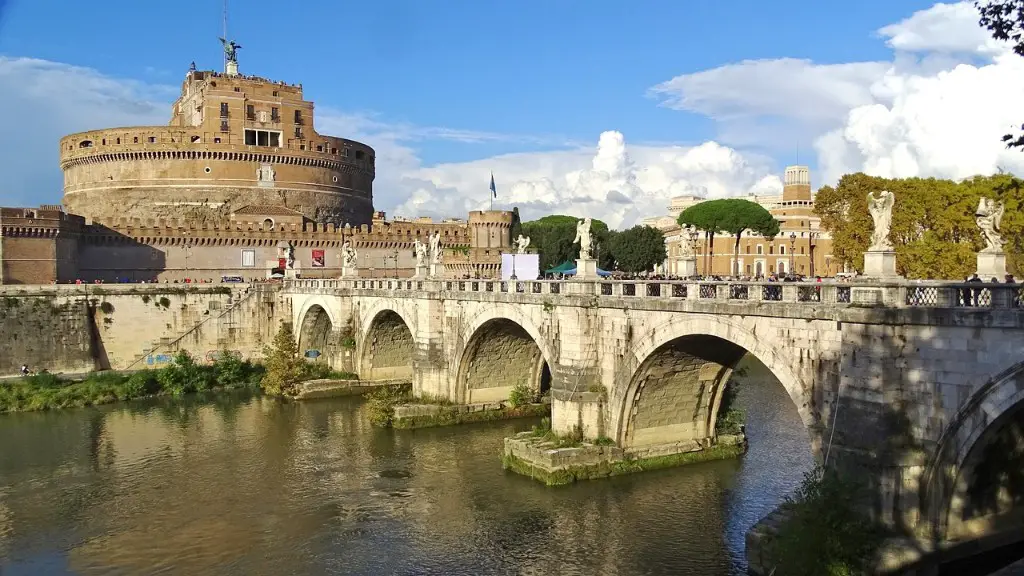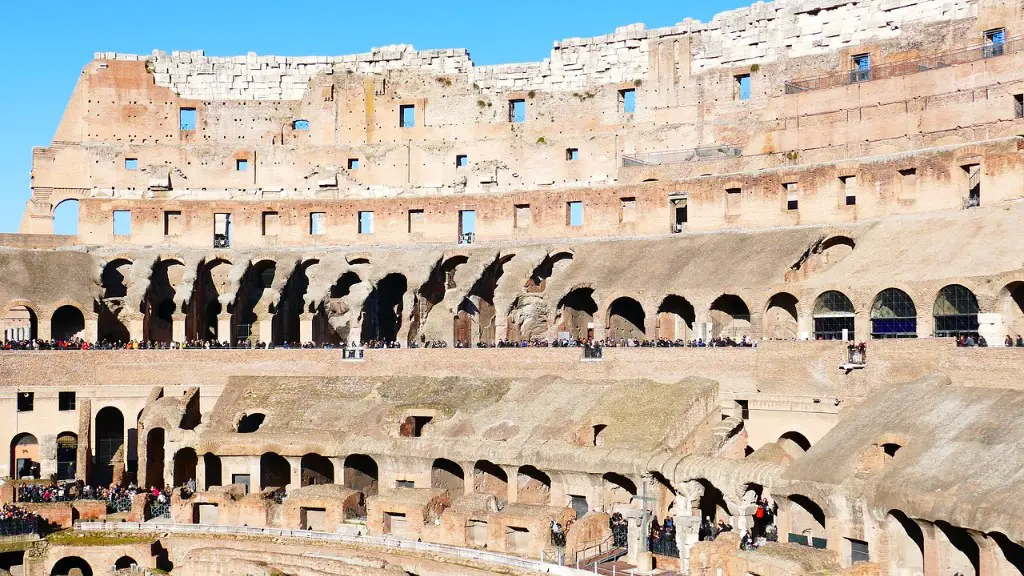Coins Of Ancient Rome
Coins in Ancient Rome were used as a form of currency for many generations and had a powerful impact on the rise and fall of the great empire. Coins were produced by the Rome Mint and Commemorative Coins as well as coins for currency circulated through the market. As part of the Roman Monetary System, coins were an essential part of the financial system of the ancient world. By examining the coins from the period, we can gain insight into the culture and its economic significance of the period.
The coinage of Ancient Rome was generally a bronze or copper alloy and could be produced in several sizes, shapes, and designs. Each coin would have a different value dependant on its weight and design, in a similar way to modern coins. Currency coins were distributed by officials, such as the Imperium Romanum, and emperors, who decided the value of each coin. For example, the Roman Emperor Constantine issued coins with a specific emperor’s profile and a value.
The most common denominations of coins included aes grave, which were the first type of coins with the image of the head of Romulus on one side and the prow of a galley on the other. Other coins included aes signatum, which were used for public contracts; sextans and quinarius, which were used for trade and smaller payments; and denarii, silver coins that had the image of the head of Augustus.
The coins from Ancient Rome were crafted from bronze, gold and silver and came in many shapes and sizes; some coins were made with precious metals like silver and gold. Most coins were about the size of an American modern penny, or a British penny or five pence, but the coins could also be as large as a half dollar and as small as a dime.
The weight of the coins ranged from a single gram to a one-hundred gram coin. Coins of lower value were usually made of bronze. Silver coins were created in the form of denarii, which was equal to one million sesterces and was an equivalent of 25 asses or 75 quadrantes.
Coins in Ancient Rome were a key feature of the economy and as such played a vital role in the wealth and prosperity of the Roman Empire. Roman coins were used to pay for goods, were given as gifts and rewards, and were used to pay soldiers . Coins were accepted as a form of payment and currency throughout the empire, and their images gave the people a connection to Roman culture, which helped give Rome an identity even when the empire spanned continents. This unified system of money helped to maintain trading partnerships and encouraged the spread of Roman culture beyond the original borders of the Empire.
The coins of Ancient Rome play an important role in telling the story of the rise and fall of the Roman Empire. Coins were minted to distinguish Roman rule and were essential for the nation’s economy. By using coins, the Roman Empire was able to increase trade and bring more wealth to the nations and cities of Rome, helping it become the great bastion of power and wealth it is remembered as today.
Design and Production Of Coins
Coins from Ancient Rome were produced in a variety of shapes and sizes, which indicated the value of each particular coin. Most coins were made of bronze, but silver and gold coins were also produced for different types of currency. Coins were usually minted with the image of an emperor or god or goddess, and some coins also featured religious symbols showing homage and reverence to the gods and goddesses of the Roman Empire. In addition to coins, Roman coins were sometimes stamped with a special message, such as the name of the emperor or a political slogan.
The production process for the coins of Ancient Rome began at the Roman mint, where the coins were struck and then rubbed with a special substance in order to highlight the finer details of the coin. The coins were then sealed and sent to various parts of the Empire to be traded. During production, each coin was examined for quality, so as to ensure that the coins met the government’s standards and would remain in circulation for a long time. This process ensured that all coins were consistent in size and weight.
The coins were made using a large number of dies and production methods. Firstly, a master die was created to accurately depict the front face and back of the coin. This was then replicated using a die-caster and pressed firmly onto a blank round coin, affixing the image of the emperor or god or goddess. The coins were then buffed and polished, and finally sealed in a vessel.
The coins created by the Romans were some of the most visually stunning coins of the ancient world, and were exchanged widely. The intricate designs and artwork on the coins lent a certain beauty to the currencies and made them sought after. The coins of Ancient Rome were also durable and remained valuable for many centuries. The coins remained in circulation many years after the fall of the Roman Empire, and some of the coins have even been found in modern-day excavations.
Purpose Of Coins
Coins of Ancient Rome were created for multiple purposes. They mostly served as currency and were used to buy and sell goods, pay taxes, and in some cases, were also used in the military to reward valiant soldiers for their exploits. However, coins were used for more than just monetary value; coins served to commemorate events, personify religious beliefs, and even displayed social standing. Many of the coins were decorated with celebratory images, which were meant to mark important events, such as public speeches or ceremonies.
The coinage of Ancient Rome was also used to further reinforce the cultural and religious identity of the empire. Coins depicted gods and goddesses, emperors and rulers, and even eminent citizens in an effort to create a sense of unity and loyalty to the ruling classes. By displaying images of gods, rulers, and other notable figures on the coin, the people were reminded of their culture and beliefs, and these symbols acted as symbols of power, strength, and unity.
Coins of Ancient Rome were special pieces of artwork and currency that helped to further establish the Roman Empire, support its economy, and reinforce the society’s religious beliefs. As coins, they were used to buy and sell goods, pay taxes and tribute to the ruler, and in some instances, were even used to reward valiant soldiers for their heroic feats.
Legacy Of Coins
As monetary systems, coins from Ancient Rome paved the way for more sophisticated currency systems and paved the way for the first use of paper money. Furthermore, the coins produced during Ancient Rome became the oldest type of coins ever made, often used in archeological excavations. The weight and design of the coins and their detail influenced those of the modern world. As example of this influence, the heads of the coins are still used for coins today.
The coins of Ancient Rome show the extent of the power, wealth and culture that Rome held. They helped form and maintain strong economic and social ties while creating a representation and fascination with the Roman culture and its power. Even through the legacy of coins, the people of Ancient Rome had an impact on what is seen today, from modern currency to archaeological discoveries.
The coins minted by the Roman Empire remain one of the most influential and intriguing pieces of art ever created. While their production far outlived the Roman Empire and its political and economic influence, the coins are still highly valuable, sought-after pieces of art. Some original coins have been preserved in private collections around the world, often serving as museum and art exhibit pieces. The coins of Ancient Rome remain a valuable and timeless reminder of the great empire.
Trade and Distribution Of Coins
The coins of Ancient Rome were used to facilitate trading and exchange of goods and services, and the coins circulated all over the empire and far beyond. Coins were also used as a form of foreign currency and as a medium of exchange in international trading. They were also used as tribute to emperors, as well as for military reward, gambling and coins even crossed the boundaries of the empire to purchase goods from other regions.
Coins of Ancient Rome were sometimes struck on an anvil and the hammer was then used to strike the coins from a die, resulting in a pattern on both sides of the coins. This pattern was then used to identify the value and type of the coin. For example, coins stamped with the image of Roman deities were worth more than those without. This type of coin minting was not only used in Rome but was common throughout the Mediterranean world.
Coinage was one of the main means of trading within the Roman Empire and its provinces. As a result, an elaborate system of trade routes and networks was created that enabled coins to travel throughout the empire within a short span of time. This trading system facilitated commerce and trade and played an important role in the economic development of the Roman Empire.
Distribution of coins also allowed for payment of taxes and other financial obligations. Through taxes and tributes, the Roman government obtained the funds necessary to maintain and expand its military forces and territories. Additionally, taxation of coins enabled the Roman government to generate currency and create coins for international trade. By controlling the money supply, the Roman government could be sure that its currency remained strong.
The coins of Ancient Rome played an important role in the overall economy of the empire. They were used for local and international trading, were accepted as payment for taxes, tributes and military rewards and helped to establish the great Roman Empire as a successful economic and political power. The coins of Ancient Rome have left a lasting impression on the world and are still studied today.
Impact Of Coins
The coins of Ancient Rome had a profound impact on the lives and culture of the citizens. They helped shape the economy and stimulate trade, bridging the gap between the rich and the poor. Coins also provided social standing and were used as symbols of power and status. The coins of Ancient Rome were also used in religious and civic ceremonies, and for funeral rites.
The coins were also used as a form of communication, representing messages of political ideology and religious belief. By displaying gods, rulers, and other symbols on coins, Roman citizens were reminded of their cultural identity and the role that Rome played in the ancient world. The coins also served as a form of social currency, as gifting a coin to friends and family members was a symbol of friendship and love.
It is clear that Roman coins served a great variety of purposes, and these coins have had a lasting and far-reaching impact. They ensured economic and political stability, bridged the gaps between rich and poor, and served as symbols of status and power. Even today, coins from Ancient Rome remain a powerful testament to the value of the Roman Empire and its cultural and political influence.
Conclusion And Lessons
The coins of Ancient Rome were a powerful and influential form of currency that was used to trade goods and services and to ensure the longevity of the Roman Empire. Coins from Ancient Rome were created in various sizes, shapes and designs, and the images on coins helped remind Roman citizens of their national identity and served as symbols of power and social standing. Coins from Ancient Rome even served other purposes, such as being used in religious and funeral rites.
Today, coins from Ancient Rome are still studied and admired for their influence and purpose. As coins, they had an extensive impact on the Roman economy and culture and even helped to form the foundation of modern currency systems. The coins of Ancient Rome remain a lasting and powerful reminder of the great empire and its culture.
